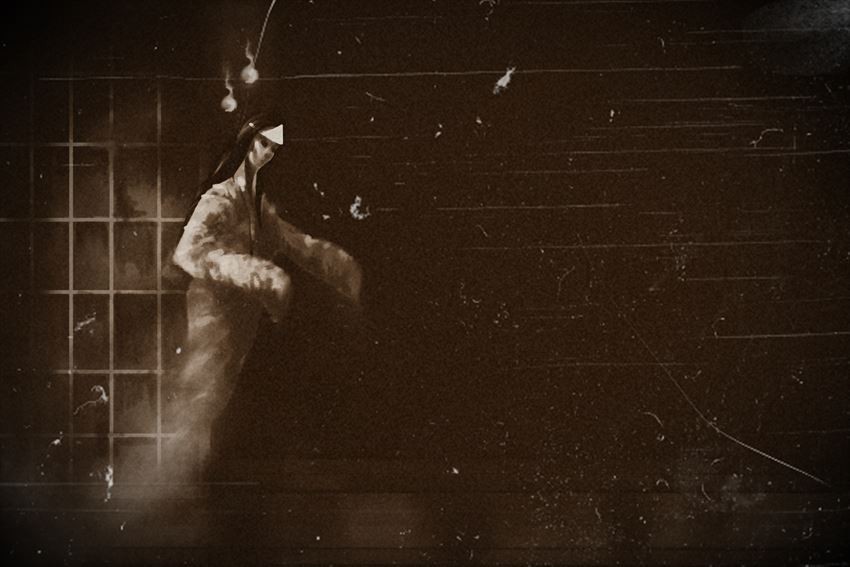
Summer is the time when Japanese people would enjoy something to escape the heat. Dining by the river, enjoying Nagashisomen, Kakigori, watermelon or Unagi-don. And last but not the least, a good horror story or experience to feel the chill amidst the summer heat! Let’s explore some of the categories in our first installation!
The Country of many beliefs
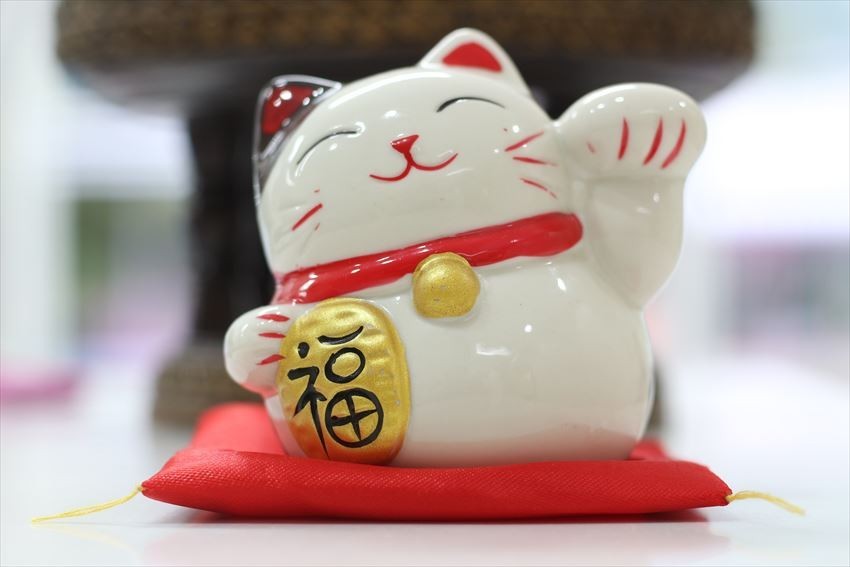
Although Japanese do not believe in a specific religion, they mix most, if not all, of beliefs together. Getting blessed by the Shinto Shrine at birth, married in Christian Church, and cremated in Buddhist ceremony; there are just a few examples of Japanese beliefs. Fortune and luck still play a huge part in beliefs though.
The original Shinto belief is akin to Thai Hindu-animism belief; gods are everywhere, even in the toilet. In fact, some deceased ancestors or emperors are believed to have become gods. But unlike Thailand where everything else is either a ghost or a spirit, Japanese have many words to describe many categories of phenomenal existences.
1. Gods (神様)

Literally, the oldest folktales in Japan, myths, and legends of how Japan was created and governed are also the scarcest as it was mostly oral story before text records were invented. While Amaterasu (天照大御神Sun Goddess) is the most well-known, there are many more before her such as her parents Izanagi (伊弉諾) and Izanami (伊邪那美), and the single god Hitorigami (独神). The pair “God of Wind and God of Thunder” (風神雷神) is also popular, you can see them in paintings and even as statues in Kaminari Gate (雷門) of Sensoji Temple!
In the modern time, Shinto is said in the other name as “Yaoyorozu no Kami” (八百万の神) or 8 Million of Gods. Some are well known for their deeds, others their mischiefs. Some folktales referred to the disappearance of persons as Kamikakushi (神隠し hidden by god).
2. Youkai (妖怪)
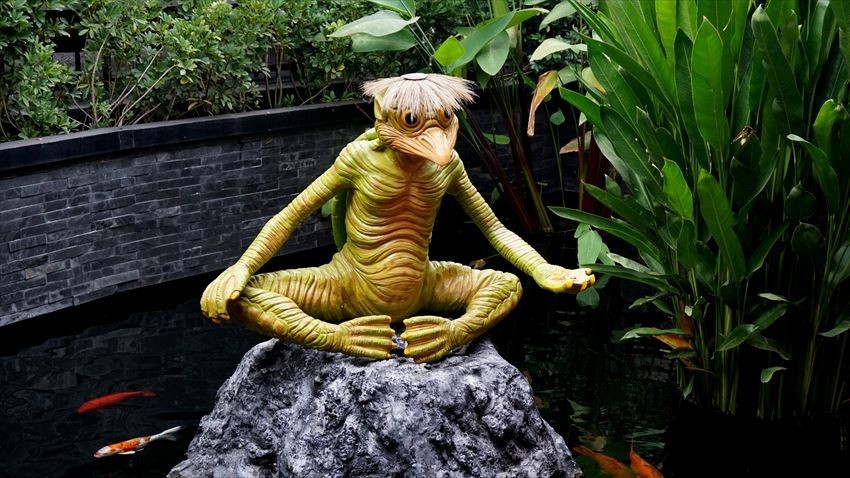
Due to the popularity of modern animation “Youkai Watch”, Youkais have received both love and attention lately. But originally, Youkais were believed to be supernatural beings with powers beyond human understanding that caused certain phenomena. The most common power is shape-shifting, earning them the name Obake (お化け) or Bakemono (化け物).
Some benevolent youkais are regarded as gods in some area, such as Kappa or Inugami. Some are shown as servants to certain gods like Raijuu (雷獣). Malevolent youkais are also known by other names such as Mamono (魔物) or Kemono (獣). Some even live among common folks like Hitouban (飛頭蛮).
3. Yuurei (幽霊)
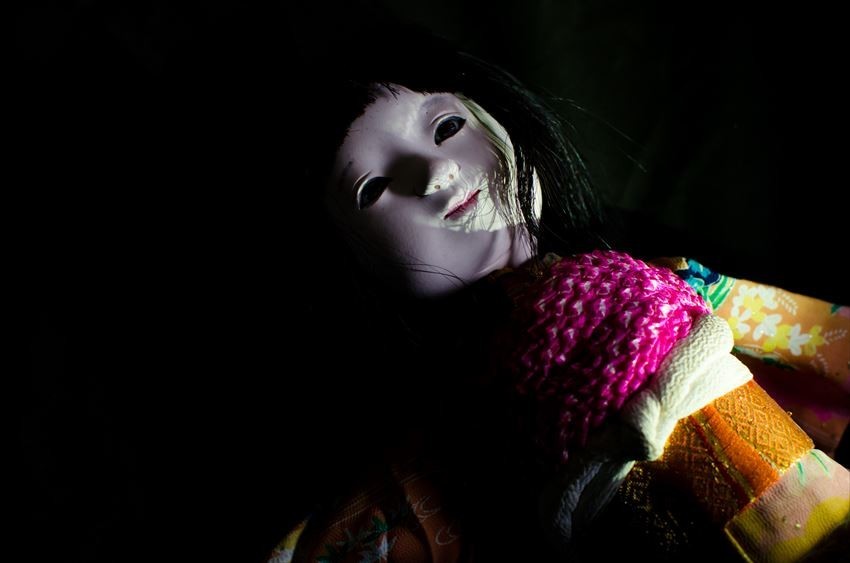
Not all phenomena are accredited to youkais or gods, spirits of human beings are also known to be the cause. Many of the scary tales in folklore, urban legends, horror stories or even strange photographs are known to be caused by spirits of a human; in some case (Ikiryou 生霊) by a living one!
Well-known Stories
Horror Stories to keep you chilled in Summer
Report: Strange Occurrences During Obon
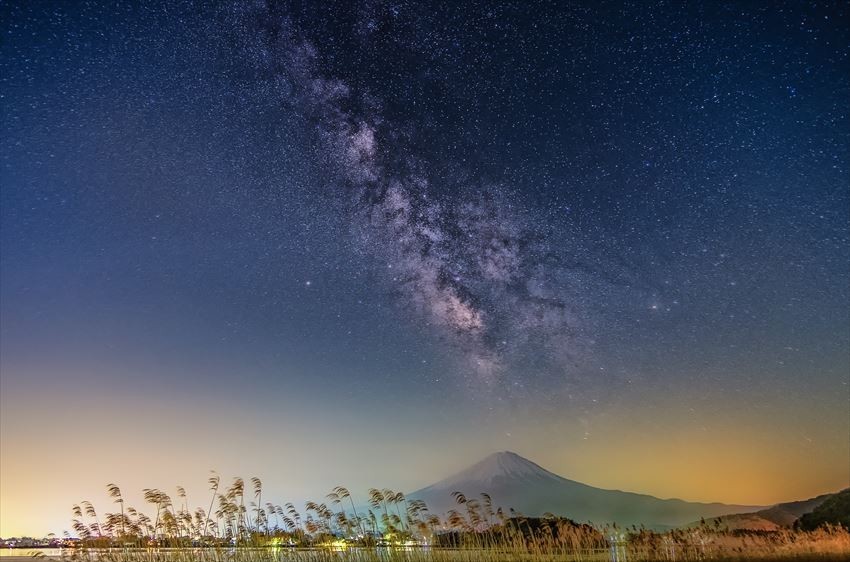
Obon is often used to refer to the end of “visiting period” where beings from different worlds must go back to their realms. But it also refers to the “visiting period” itself, starting from Tanabata, when the veils between worlds are weak enough to allow beings to cross between worlds (notably Hikoboshi and Orihime).
Hitodama (人魂) are often seen in this period… As if the haunted stories of local Yuurei were not enough, the visiting ancestors can add interesting dynamics to the ghost stories as well! If you are after some chilling experience, Obon might be the time just for you!
Folktales: Vengeance of Oiwa
Enshrined in Oiwa Shrine to put the spirit to rest, Oiwa has a tale which is sad but satisfying as she returned from the grave for vengeance against her unfaithful husband.
Folktales: Massacre at Oiranbuchi
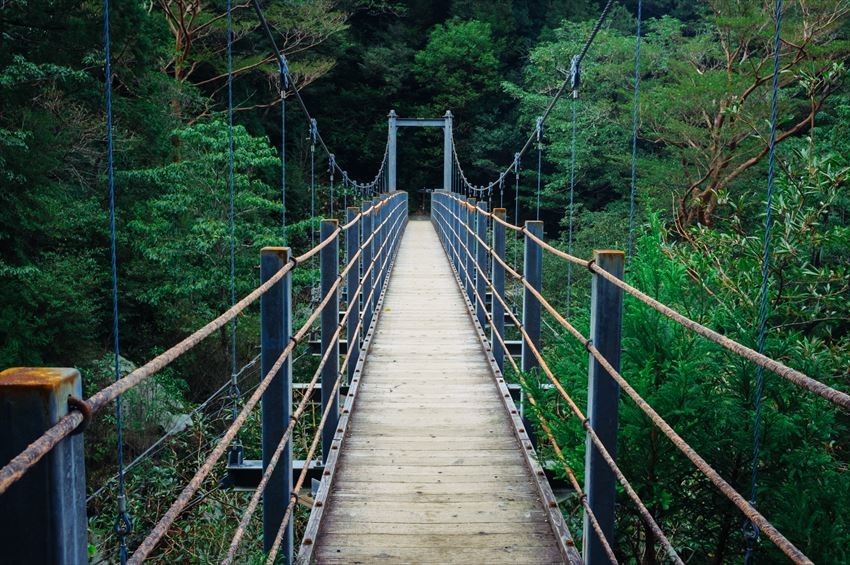
Known as one of the most haunted sites in Japan, Oiranbuchi began its tale during the Sengoku era when Takeda family hired 55 Oirans to perform on the stage above the waterfall and loosed the stage down, dropping all the women down to keep the secret of hidden gold from getting out. Ever since men cannot get close to the site and women reported strange sadness or outburst without reasons near the site.
Urban Legend: Star-Shaped Barrier of Tokyo

According to some occults, Edo was designed with protective wards using double star-shaped seals, placing important buildings (shrines and temples) at 10 locations around the capital. Each location is also regarded as a power spot. Even Kyoto-Osaka also has star-shaped seal…
Urban Legend: Real Ghosts Amongst the Fake in Ghost House
Some Ghost Houses (化け屋敷) were known to be renovated the haunted site, such as abandoned hospitals or hotels. With popularity and renovation, it is hard to notice the real ghosts out of the fake ones when you are there. However, some reported unsettling feeling, whispers from nowhere, or even unnatural chill. Do you think you have the sixth sense? Give it a try!
Let’s get deeper!
Feeling interested? This is just the first installation of Horror & Mystery Series. We will dive deeper into each story, old and new alike. Feel free to ask or suggest the story you would like to know, and we will delve into it and report back in!
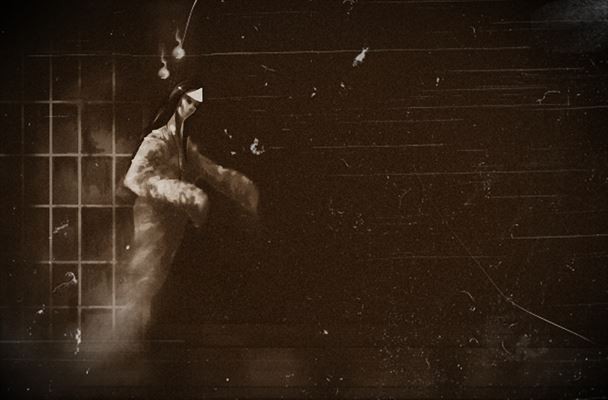
Comments